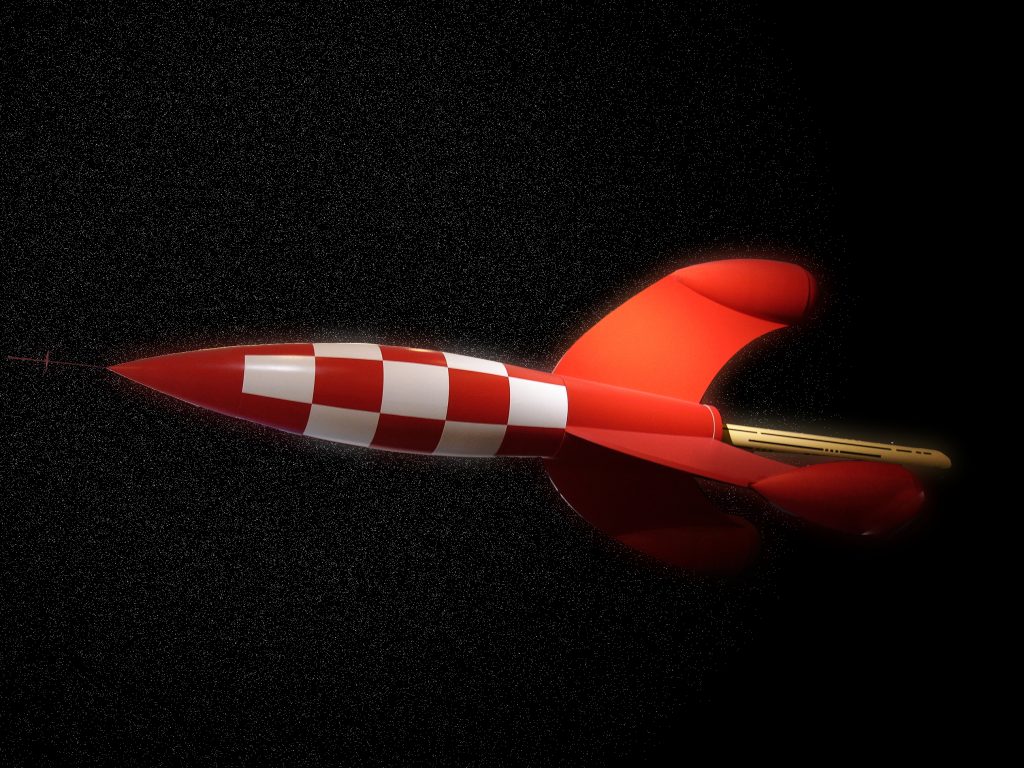
The Lean Launch Pad: Teaching Entrepreneurship as a Management Science

In the winter quarter, Steve Blank, along with co-teachers Ann Miura-Ko and Jon Feiber, will present ENGR 245: Technology Entrepreneurship and Lean Startups. This new course will present students with a intense and rewarding opportunity to try out the lean startup approach to entrepreneurship. In this post from Steve Blank’s blog, he explains his approach to the exciting new class.
———————————————————————
I’ve introduced a new class at Stanford to teach engineers, scientists and other professionals how startups really get built. They are going to get out of the building, build a company and get orders in ten weeks.
Jon Feiber of Mohr Davidow Ventures and Ann Miura-Ko of Floodgate are co-teaching the class with me (and Alexander Osterwalder is a guest lecturer.) We have two great teaching assistants, plus we’ve rounded up a team of 25 mentors (VC’s and entrepreneurs) to help coach the teams.
Why Teach This Class?
Business schools teach aspiring executives a variety of courses around the execution of known business models, (accounting, organizational behavior, managerial skills, marketing, operations, etc.) In contrast, startups search for a business model. (Or more accurately, startups are a temporary organization designed to search for a scalable and repeatable business model.) There are few courses which teach aspiring entrepreneurs the skills (business models, customer and agile development, design thinking, etc.) to optimize this search.
Many entrepreneurship courses focus on teaching students “how to write a business plan.” Others emphasize how to build a product. If you’ve read any of my previous posts, you know I believe that: 1) a product is just a part of a startup, but understanding customers, channel, pricing, etc. are what make it a business,
2) business plans are fine for large companies where there is an existing market, existing product and existing customers. In a startup none of these are known.
Therefore we developed a class to teach students how to think about all the parts of building a business, not just the product.
What’s Different About the Class?
This Stanford class will introduce management tools for entrepreneurs. We’ll build the class around the business model / customer development / agile development solution stack.
Students will start by mapping their assumptions (their business model) and then each week test these hypotheses with customers and partners outside in the field (customer development) and use an iterative and incremental development methodology (agile development) to build the product.
The goal is to get students out of the building to test each of the 9 parts of their business model, understand which of their assumptions were wrong, and figure out what they need to do fix it. Their objective is to get users, orders, customers, etc. (and if a web-based product, a minimum feature set,) all delivered in 10 weeks. Our objective is to get them using the tools that help startups to test their hypotheses and make adjustments when they learn that their original assumptions about their business are wrong. We want them to experience faulty assumptions not as a crisis, but as a learning event called a pivot —an opportunity to change the business model.
How’s the Class Organized?
During the first week of class, students form teams (optimally 4 people in a team but we’re flexible). Their company can focus in any area– software, hardware, medical device or a service of any kind.
The class meets ten times, once a week for three hours. In those three hours we’ll do two things. First, we’’ll lecture on one of the 9 building blocks of a business model. Secondly, each student team will present “lessons learned” from their team’s experience getting out of the building learning, testing, iterating and/or pivoting their business model.
They’ll share with the class answers to these questions:
- What did you initially think?
- So what did you do?
- Then what did you learn?
- What are you going to do next?
At the course’s end, each team will present their entire business model and highlight what they learned, their most important pivots and conclusions.
———————————————————————————————————-
View the ENGR 245 syllabus at the course website.
Read Steve Blank’s Blog for additional posts on entrepreneurship and startups.




